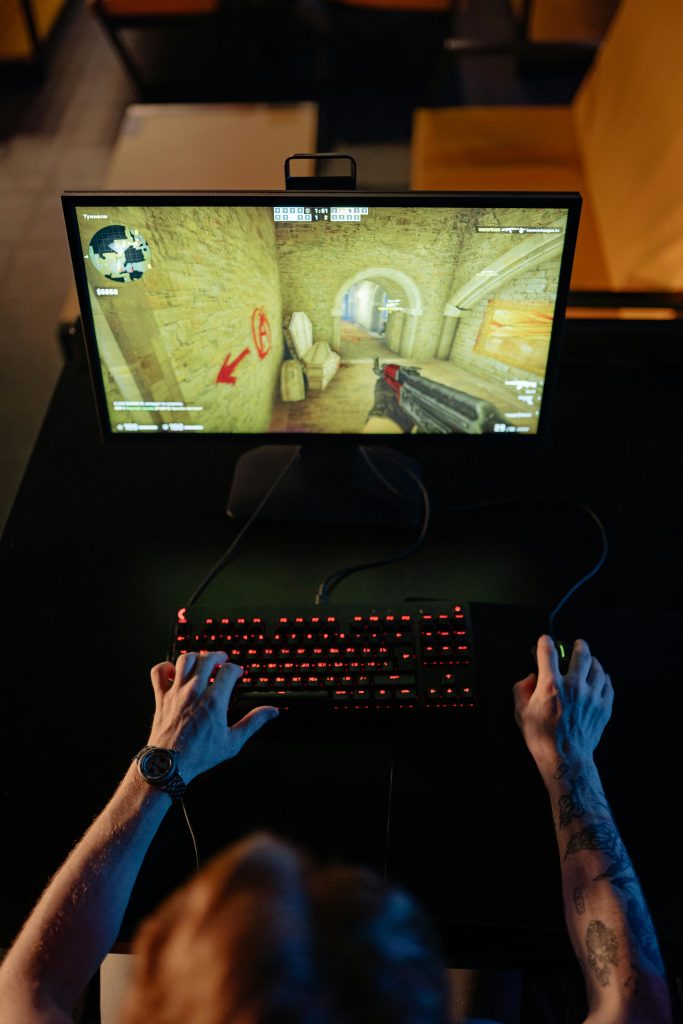Resolving Persistent “Ghost” Drives in Windows Explorer: A Comprehensive Guide
If you’ve encountered a mysterious drive appearing in Windows Explorer that refuses to go away—particularly one associated with Dropbox—you’re not alone. Many users have reported encountering what feels like a “ghost” drive that persists despite uninstallation and registry cleaning efforts. This article provides a detailed, professional approach to diagnosing and resolving such issues, ensuring your file explorer displays only the drives you recognize and intend to access.
Understanding the Issue
“Ghost” drives typically appear as drive letters in Windows Explorer but do not correspond to any active hardware or mounted network locations. They can be caused by remnants of previous installations, incomplete uninstalls, or software conflicts—Dropbox included.
In some cases, these phantom drives trigger errors like:
“Make sure the device or disc is connected or the disc is inserted.”
This indicates Windows attempts to access a drive that either no longer exists or isn’t properly configured.
Step-by-Step Solutions
Here’s a structured approach to eliminate these phantom drives:
1. Verify with Disk Management
The first step is to identify whether Windows recognizes the drive at the disk level.
- Open Disk Management: Right-click on the Start button and select Disk Management.
- Locate the drive: Identify the drive letter associated with the ghost drive.
- Actions:
- If the drive shows an unknown or unassigned status, right-click and choose Delete Volume.
- If it is a removable drive, disconnect or disable it, then re-scan.
Note: Be cautious to avoid deleting active system or storage volumes.
2. Use Device Manager to Remove Hidden Devices
Sometimes, phantom drives are remnants of device objects in Windows Device Manager.
- Open Device Manager: Press Win + X and select Device Manager.
- View Hidden Devices: In the menu, click View > Show hidden devices.
- Locate the drive or related entries: Hidden entries might be listed under Disk drives, Universal Serial Bus controllers, or Unknown devices.
- Uninstall the Device: Right-click and select Uninstall device. Restart your computer afterward.
3. Clear Virtual Drive Mount Points and Drive Letters
You can also manually remove drive letters associated with ghost drives.
- Open Command Prompt as Administrator:
- Search for cmd, right-click, and choose Run as administrator.
- **Use Diskpart:
Share this content:



